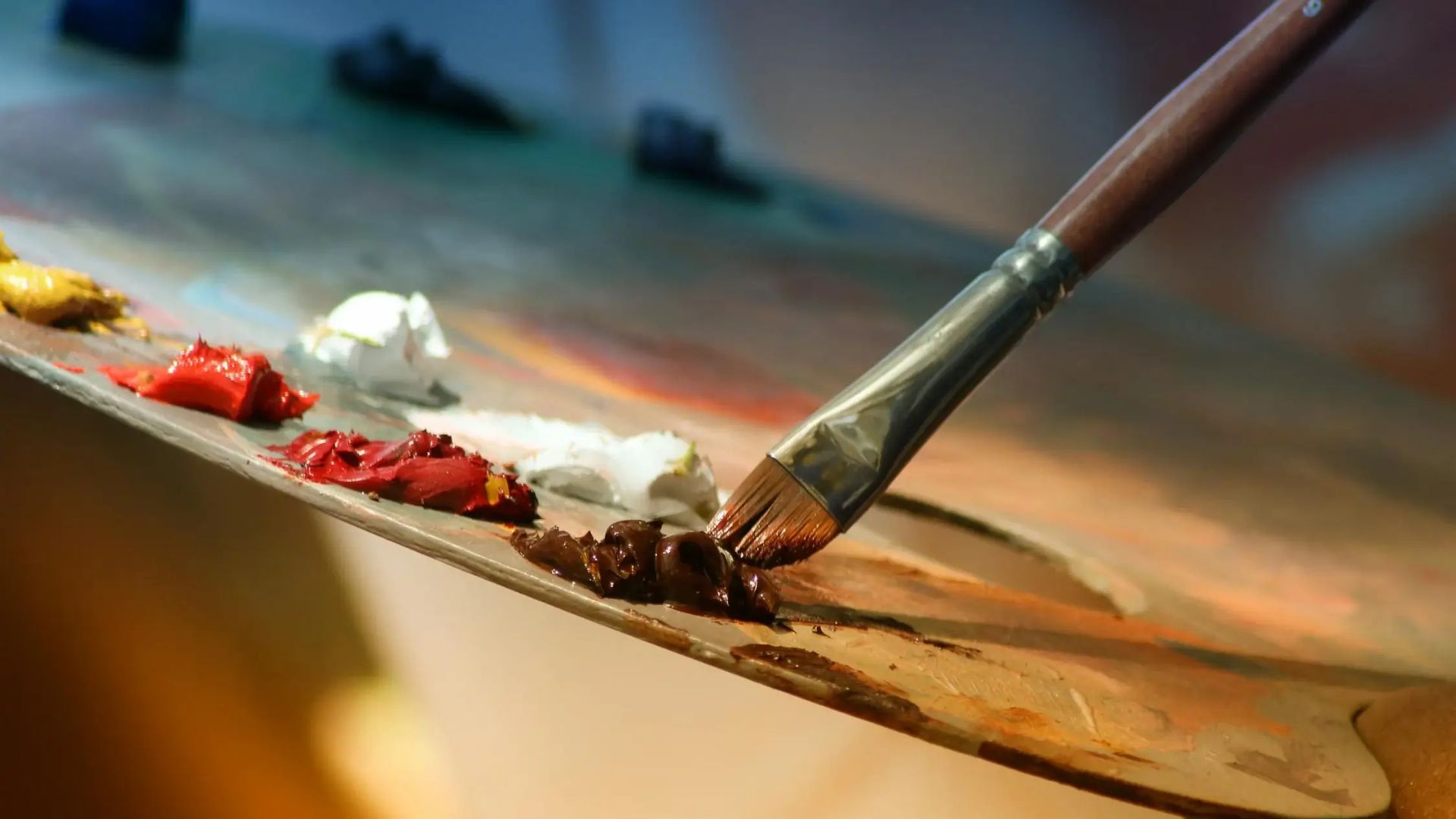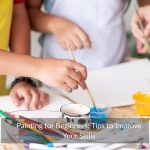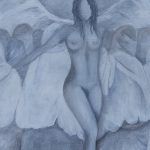
What is Painting?
Painting is a form of visual art that involves applying pigment (color) to a surface such as canvas, paper, wall, wood, or fabric to create an image, design, or expression. It can be realistic, abstract, or symbolic, and it often reflects the artist’s ideas, emotions, or interpretations of the world.
There are many types of painting, including:
- Oil painting – using oil-based pigments
- Watercolor painting – using water-soluble pigments
- Acrylic painting – using fast-drying acrylic paints
- Fresco – painting on wet plaster, often used in murals
- Digital painting – using software and digital tools
Painting has been around for thousands of years from ancient cave art to modern digital works. It’s both a way to communicate and a creative outlet for imagination and emotion.
What are the different types of painting styles?
There are many different painting styles, each with its own techniques, look, and history. Here are some of the most well-known type:
1.Realism.
2.Impressionism.
3.Expressionism.
4.Abstract.
5.Surrealism.
6.Cubism.
7.Pop Art.
8.Landscape Painting.
9.Fantasy & Concept Art.
What is the difference between oil and acrylic painting?
Oil and acrylic painting are two popular mediums in the art world, each with unique characteristics. The main difference lies in their composition and drying time.
Oil paints are made with an oil base, usually linseed oil, which gives them a slow drying time. This allows artists to work with the paint for longer periods, making it ideal for detailed blending and creating rich, smooth textures. Oil paintings often have a glossy, vibrant finish and are known for their durability, though they require special cleaning with solvents like turpentine.
On the other hand, acrylic paints are water-based and dry quickly, sometimes within minutes. They are easy to clean with water, making them more beginner-friendly and practical for faster projects. Acrylics can be used in a variety of styles and surfaces, and their finish can range from matte to glossy depending on how they are used.
In short, oil painting is perfect for artists who prefer taking their time and working with rich, traditional techniques, while acrylic painting suits those who want quick results and more flexibility in style and cleanup.
| Feature | Oil Paint | Acrylic Paint |
| Drying Time | Slow | Fast |
| Base | Oil | Water |
| Blending | Easy, smooth blending | Harder, dries quickly |
| Cleanup | Solvents needed | Water only |
| Finish | Glossy, deep colors | Matte to satin (can be changed) |
| Ideal For | Traditional art, portraits | Fast work, modern and mixed media |
What kind of paint is best for canvas?
The best kind of paint for canvas is acrylic or oil paint, depending on the artist’s style and preference.
Acrylic paint is widely recommended for beginners and professionals alike because it is easy to use, dries quickly, and adheres well to canvas. It can be used in thin layers like watercolor or thick, textured strokes like oil. Acrylics are also water-based, making them easy to clean up with just soap and water.
Oil paint, on the other hand, is a traditional choice that has been used by artists for centuries. It dries slowly, allowing more time for blending and working with details. Oil paint gives a rich, vibrant finish and is ideal for artists who want to achieve depth and realism. However, it requires special solvents for cleaning and proper ventilation while working.
Both types work beautifully on canvas, but acrylic is often preferred for its versatility, speed, and simplicity, especially for beginners or those working on quick projects.
What are some easy painting ideas for beginners?
Sunset Sky
- It’s simple, relaxing, and helps you learn color blending.
- How to do it: Start by painting the sky in horizontal layers of warm colors like yellow, orange, pink, and purple. Blend the colors softly where they meet. Add a silhouette of trees, birds, or a mountain for contrast.
Simple Flowers
- Flowers help you practice brush control and shapes.
- How to do it: Start with a basic daisy or tulip. Use a round brush to make petal shapes and dot the center with a different color. You can create a single flower or a small bunch in a vase.
Ocean Waves
- Great for practicing movement and layering shades of blue.
- How to do it: Paint the background sky first, then layer light and dark blues for the water. Use white paint to add foamy wave highlights on top.
Cactus in a Pot
- Cacti are made of simple shapes and easy to stylize.
- How to do it: Paint a basic pot, then add green oval shapes for cacti. Add some thorns or tiny flowers for detail. Try experimenting with different pot designs!
Galaxy Background
- You can go abstract and creative with this one.
- How to do it: Blend deep purples, blues, and blacks. Use a sponge or dry brush to dab lighter colors like pink and white. Flick white paint with a brush to create stars.
Simple Bird on a Branch
- Helps you learn proportions and light detail work.
- How to do it: Start with a background sky. Then paint a curved branch and a small bird sitting on it. Keep the bird’s shape simple—a round body and a triangle beak.
Minimalist Landscape
- Focuses on simple shapes and color blocking.
- How to do it: Divide your canvas into horizontal sections—sky, hills, and grass. Use soft gradients or even solid colors. Add a small tree or sun for interest.
Abstract Color Blocks
- No rules, just fun with color and composition.
- How to do it: Paint different shapes (rectangles, circles) with colors you like. Try layering them and leaving some white space for contrast.
Cup of Coffee or Tea
- Still life helps with form and shading.
- How to do it: Draw a simple mug and paint it with your favorite colors. Add steam with wispy strokes of white or gray.
Balloons in the Sky
- Bright and cheerful; good for brush control.
- How to do it: Paint a light blue sky, then add colorful balloon shapes. Use a thin brush to paint the string coming down.
Tips for Beginners:
- Use acrylic paint for fast drying and easy clean-up.
- Start on small canvases or thick paper.
- Don’t worry about making it perfect—focus on the process!
- Keep a cup of water, paper towels, and a mixing palette nearby.
- Try layering: Start with the background and add details later.
- Buy Now My Masterpieces from here






